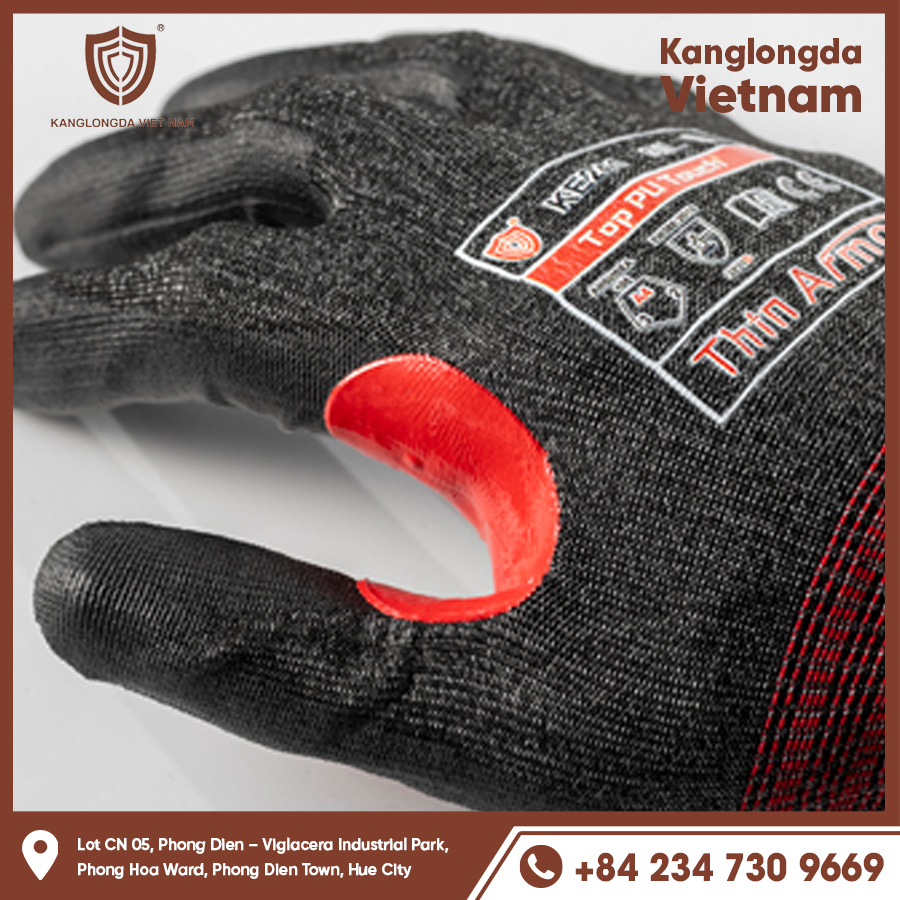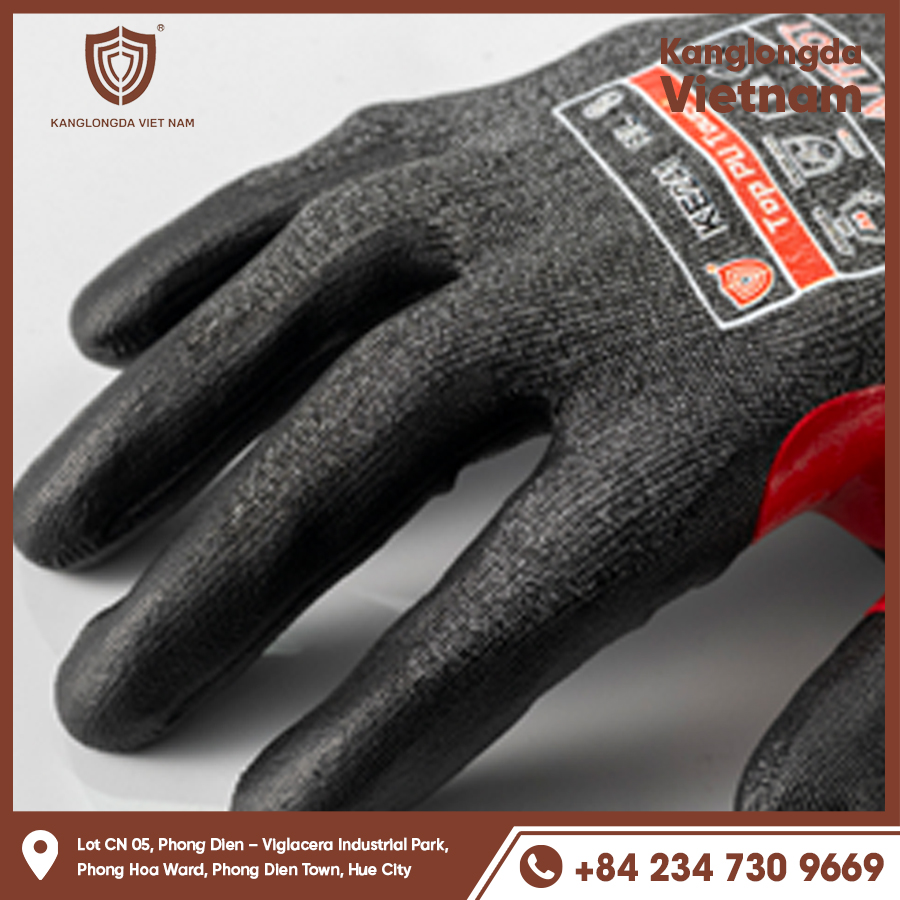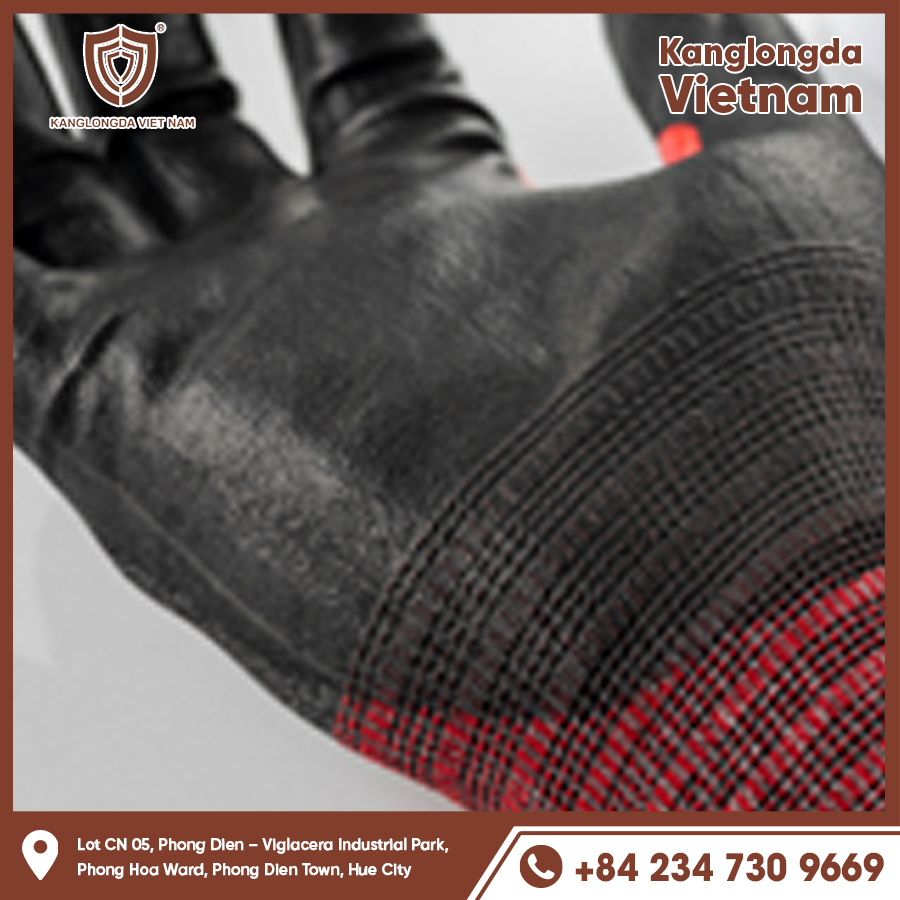Mechanics gloves are an essential piece of gear for anyone working in automotive repair, machinery maintenance, or any hands-on mechanical tasks. They offer crucial protection against cuts, abrasions, burns, and grease, while enhancing grip and dexterity. Choosing the right mechanics gloves can significantly improve safety, comfort, and productivity. This guide dives deep into the types, materials, features, benefits, and care tips for mechanics gloves, helping you select the best gloves to meet your specific workshop or industrial needs. Proper hand protection is vital because hands are constantly exposed to risks in mechanical environments, including sharp objects, heat, chemicals, and repetitive motions that cause fatigue or injury. The right gloves not only safeguard your hands but also improve your work efficiency and comfort throughout long shifts.

Why Mechanics Gloves Are Essential
Protection Against Common Workshop Hazards
Working with sharp tools, hot parts, and rough surfaces exposes hands to injuries like cuts, bruises, and burns. Mechanics gloves act as a barrier to reduce these risks, keeping your hands safe. The automotive or industrial workspace is full of hazards such as metal shavings, rough edges, and hot surfaces that can cause serious injuries without proper protection. Mechanics gloves minimize these dangers, ensuring your hands remain unscathed even during heavy-duty tasks.
Enhancing Grip and Dexterity
Slippery tools or oily parts can cause accidents. Mechanics gloves often feature textured palms and fingers that improve grip, ensuring you can handle tools securely without sacrificing finger movement. A secure grip not only enhances safety but also precision in handling delicate components, which is critical in many repair and assembly processes. Gloves with specialized coatings can also provide better tactile sensitivity while protecting hands.
Comfort for Long Hours
Mechanics frequently work extended shifts requiring gloves that provide breathability and flexibility. Well-designed gloves prevent hand fatigue, sweat buildup, and discomfort, enabling better focus and productivity. Gloves that are too bulky or do not breathe can cause overheating and sweating, leading to irritation or reduced dexterity. Ergonomically designed gloves help maintain comfort without compromising protection.
Types of Mechanics Gloves
Leather Mechanics Gloves
Leather gloves are durable and resistant to abrasions, offering excellent protection from sharp edges. They provide a natural fit that molds to the hand over time, improving comfort and dexterity. Different types of leather, such as cowhide or goatskin, vary in softness and durability. Leather gloves are ideal for heavy-duty jobs requiring both toughness and dexterity, such as automotive repair or construction work. They also offer good heat resistance, which is valuable when working near hot engines or parts.
Synthetic Gloves
Made from materials like nylon, polyester, or neoprene, synthetic gloves offer excellent flexibility and breathability. They are often lighter than leather and can be treated for water and oil resistance. Synthetic gloves are suitable for mechanics who need more finger movement and less bulk. They also dry quickly and often cost less than leather options, making them popular for lighter mechanical tasks or general workshop use.
Coated Gloves
These gloves combine a fabric base with coatings such as nitrile or polyurethane on the palm and fingers. The coating enhances grip and protects against oils, chemicals, and abrasions, making them ideal for mechanics working with greasy components. Coated gloves are often designed to be touchscreen-compatible, allowing users to operate devices without removing gloves. This type is highly versatile, providing a balance between protection, flexibility, and grip performance.

Key Features to Look For in Mechanics Gloves
Durable and Cut-Resistant Materials
The best mechanics gloves are made from materials that resist cuts, punctures, and tears, ensuring longevity and safety during tough jobs. Reinforced stitching and double-layer fabrics often add to the durability. Cut resistance is particularly important when handling sharp tools or sheet metals that can easily injure unprotected hands.
Reinforced Palms and Fingertips
Reinforcements in high-wear areas protect against wear and extend glove life, especially where tools and parts cause frequent friction. These reinforced zones also provide additional cushioning, reducing hand strain during repetitive gripping and twisting motions common in mechanical tasks.
Breathability and Moisture Management
Good ventilation or moisture-wicking liners help keep hands dry and comfortable, reducing sweat and skin irritation during prolonged use. Gloves with breathable mesh backs or moisture-wicking fabrics improve airflow, preventing overheating and bacterial growth, which can cause unpleasant odors or infections.
Benefits of Using Mechanics Gloves
Reduced Risk of Injuries
Gloves protect against cuts, scrapes, burns, and chemical exposure. This helps mechanics avoid costly injuries and downtime. Preventing hand injuries not only improves worker safety but also reduces medical expenses and lost productivity. Wearing the right gloves is often a key component in workplace safety protocols.
Improved Efficiency and Grip
Enhanced grip features allow for better tool control, reducing slips and increasing task precision. This leads to faster job completion times and fewer errors. Whether turning a wrench or handling small engine parts, a firm grip is essential for accuracy and safety.
Protection Against Dirt and Chemicals
Mechanics gloves keep hands cleaner by shielding skin from grease, oils, solvents, and dirt commonly found in mechanical environments. This reduces skin irritation and makes post-work cleaning easier. Gloves also prevent harmful chemicals from penetrating the skin, which could cause long-term health problems.
How to Choose the Right Mechanics Gloves
Assess Your Work Environment
Consider the types of hazards you face: sharp tools, chemicals, heat, or cold. Different gloves are optimized for different risks. For example, if you work with solvents, nitrile-coated gloves might be necessary, while leather gloves are better for abrasion resistance. Understanding your specific needs will guide your choice.
Find the Proper Fit
Gloves should fit snugly but comfortably without restricting movement. Proper sizing is critical for tactile sensitivity and dexterity. Wearing gloves that are too loose can cause accidents by reducing control, while gloves that are too tight can cause discomfort and reduce circulation. Measure your hands accurately and try different brands if possible.
Balance Between Protection and Flexibility
Depending on your tasks, you may need thicker gloves for protection or thinner ones for greater dexterity. Choose gloves that best balance these needs. For precision work, thin synthetic gloves may be preferable, while heavy lifting or cutting tasks may require thicker, padded gloves.
Caring for Your Mechanics Gloves
Cleaning Tips for Different Materials
Leather gloves should be cleaned with specialized leather care products to preserve their suppleness and durability. Avoid soaking leather gloves in water. Synthetic and coated gloves can often be washed with mild soap and water but should be air-dried thoroughly. Proper cleaning removes dirt and oils that degrade materials over time.
Proper Storage
Store gloves in a dry, cool place to prevent damage and deterioration. Avoid prolonged exposure to sunlight or heat, which can cause materials to crack or become brittle. Keeping gloves in a designated toolbox or storage bag helps maintain their shape and cleanliness.
When to Replace Your Gloves
Inspect gloves regularly for tears, worn areas, or loss of grip. Replace gloves immediately if they no longer offer adequate protection or performance. Worn gloves can lead to serious injuries by failing at critical moments. It’s better to replace gloves proactively than risk harm or decreased efficiency.

Mechanics gloves are indispensable tools that protect your hands while boosting performance and comfort during mechanical work. By understanding the types, materials, key features, and care practices, you can choose gloves that perfectly fit your needs and help you work safely and efficiently. Investing in quality mechanics gloves and maintaining them properly ensures your hands stay safe, your grip stays firm, and your workday stays productive. Remember, your hands are your most valuable tools—protect them with the right gloves.






